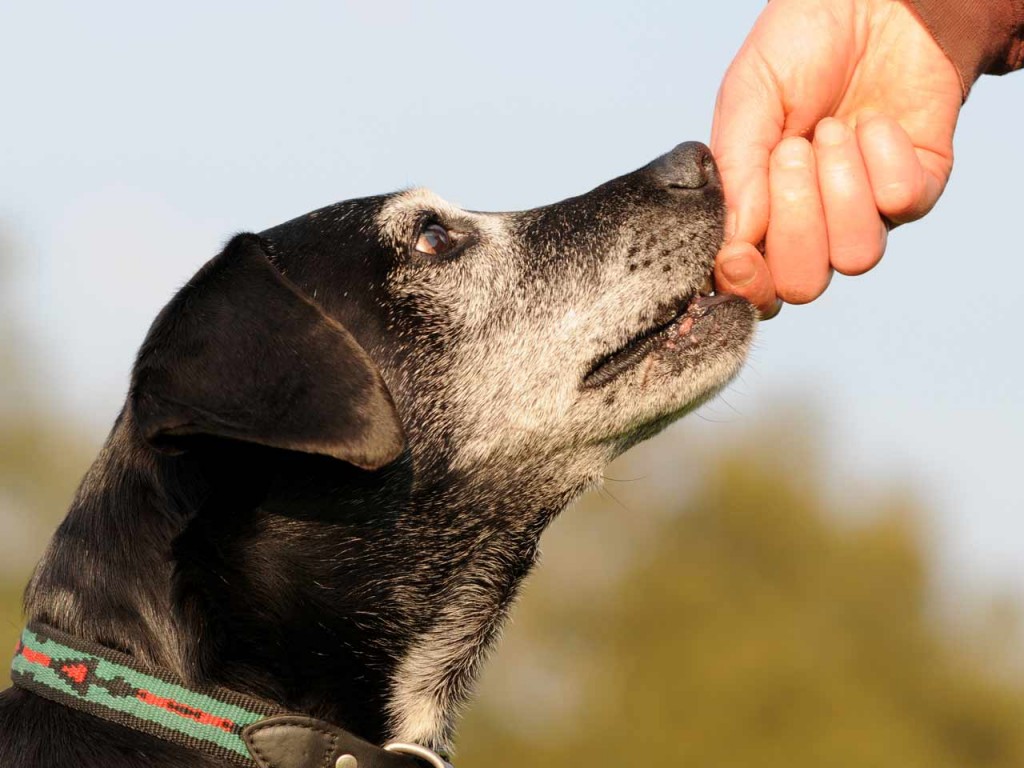Pets bring joy and happiness to thousands of people across the globe. They are fun to play with and care for, and their unconditional love and affection earns them a soft spot in their owner’s hearts.
Your pet relies on you for food, safety and even medical attention. As a responsible pet owner, you always want to give your animal companion the best care possible. You want to meet all your pets’ needs to ensure they live a healthy, comfortable life. Part of being a responsible pet owner involves understanding the possible diseases and illnesses that can befall your companion and taking steps to mitigate them.


Just like humans, pets are susceptible to a number of illnesses. Some pet illnesses such as obesity are caused by poor eating and lifestyle habits, while parasites such as fleas, mites or ticks might be responsible for other diseases. You might not know it, but genetic illness also affects animals, causing conditions such as animals’ Down syndrome, renal disorders and many others.
Since pets cannot speak to articulate what ails them, it is up to you to know the common signs and symptoms to look out for. Simply observing your pet’s behavior can alert you to any deviation from their regular habits. Some of the red flags you should watch for include:
If you notice your pet showing any of the symptoms above or exhibiting behavior that is different from normal, it is advisable to contact your vet.
Sometimes, no matter how hard you try, your beloved pet can still fall sick. Here are a few serious illnesses that are common in pets:
Renal disorders are common in cats and dogs of all ages but senior cats are especially susceptible. Kidney disease can be congenital and can also be caused by dietary factors or drugs.
Symptoms of renal illness that you are likely to notice in your pet include a lack of appetite, poor energy levels, weight loss, excessive thirst accompanied by frequent urination, as well as bloody urine. Your cat or dog might also have a fluid buildup under their skin. Renal ailments are diagnosed through blood tests and there is no treatment for the disease. Your vet might ask you to change your pet’s diet to help manage the symptoms.
This is an extremely contagious viral disease with no cure. The good news is that it’s preventable with a vaccination. The virus responsible for distemper attacks the host’s brain cells, mucus membranes and gastrointestinal tract. If infected, your pet will have poor appetite, fever, diarrhea and vomiting, as well as a thick, yellowish discharge from the eyes or nose. These give way to neurological symptoms as the disease progresses to its final stages. While the disease has no cure, the vet will try to mitigate the symptoms using antibiotics and other medication.
If you live in Canada or the USA, you must have heard of heartworm. This is a dangerous disease that is spread by mosquitoes. Heartworms live in the blood vessels found in or near a dog’s heart and can spread throughout the animal’s circulatory system. Symptoms such as coughing, breathing difficulties, unexplained weight loss and lethargy might indicate that your dog is suffering from heartworm disease. Take your pet to the vet as soon as it shows any of these signs, as early detection is vital for successful treatment of the disease.
This is another insidious and contagious pet disease with a high fatality rate. The disease can kill in a matter of days, with puppies and senior dogs being the most vulnerable. Thankfully, a simple vaccination can protect your dog against parvovirus. Symptoms to look out for include severe vomiting accompanied by bloody diarrhea and fever. The infected animal might also have a decreased appetite and be massively dehydrated. Treatment for this disease involves a lengthy stay at the hospital, but the survival rate is extremely low.
In order to prevent these and other diseases, it is important to take your animal companion to the vet for vaccines and regular check-ups. You should also pay attention to your pet’s behavior and reach out to your vet as soon as you notice anything out of place. Additionally, give your pet highly nutritive meals, lots of exercise and regular grooming to ward off pests that might carry or transmit diseases. Prevention and timely detection can go a long way towards saving your pet’s life.
You must be logged in to post a comment.